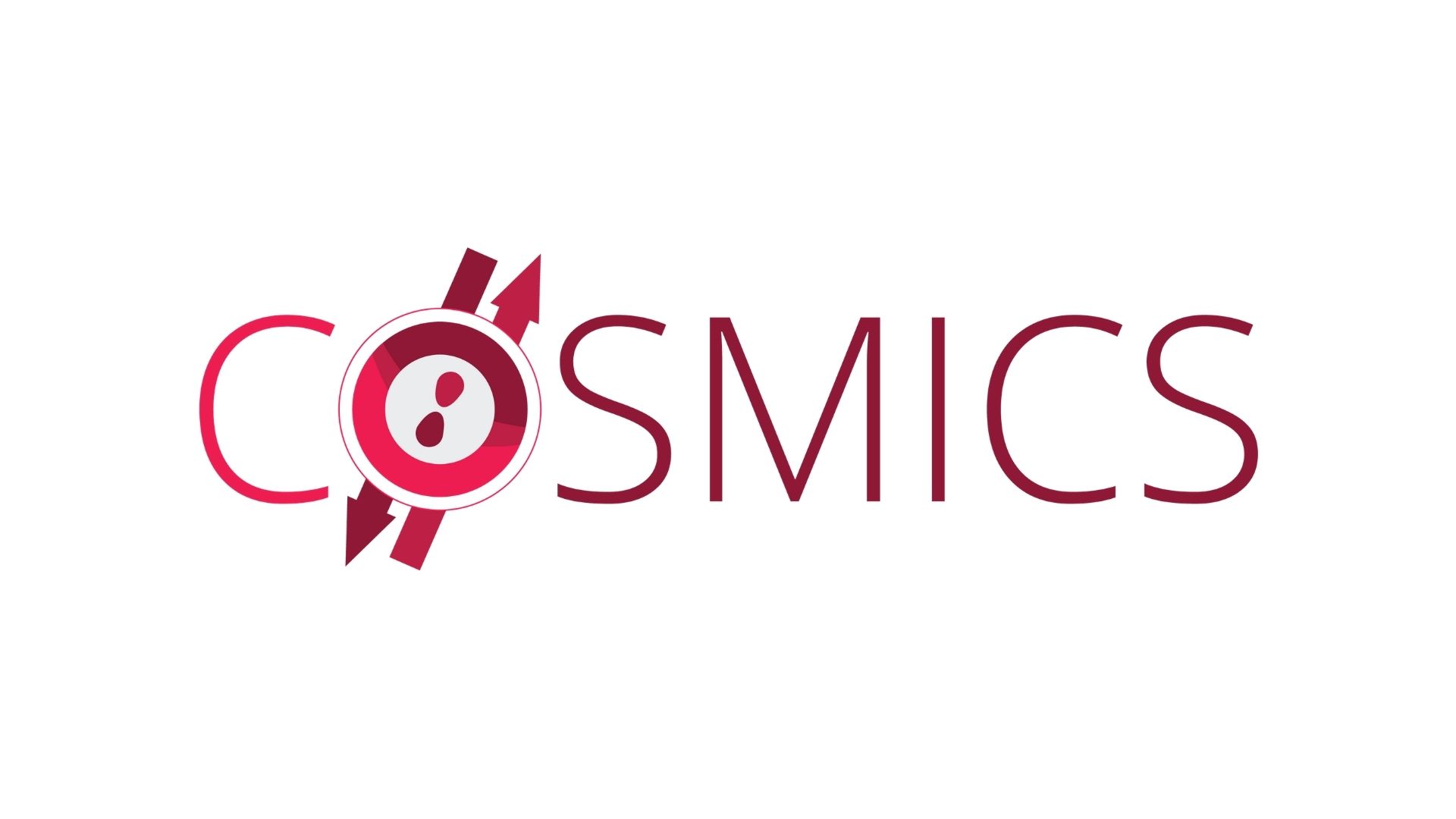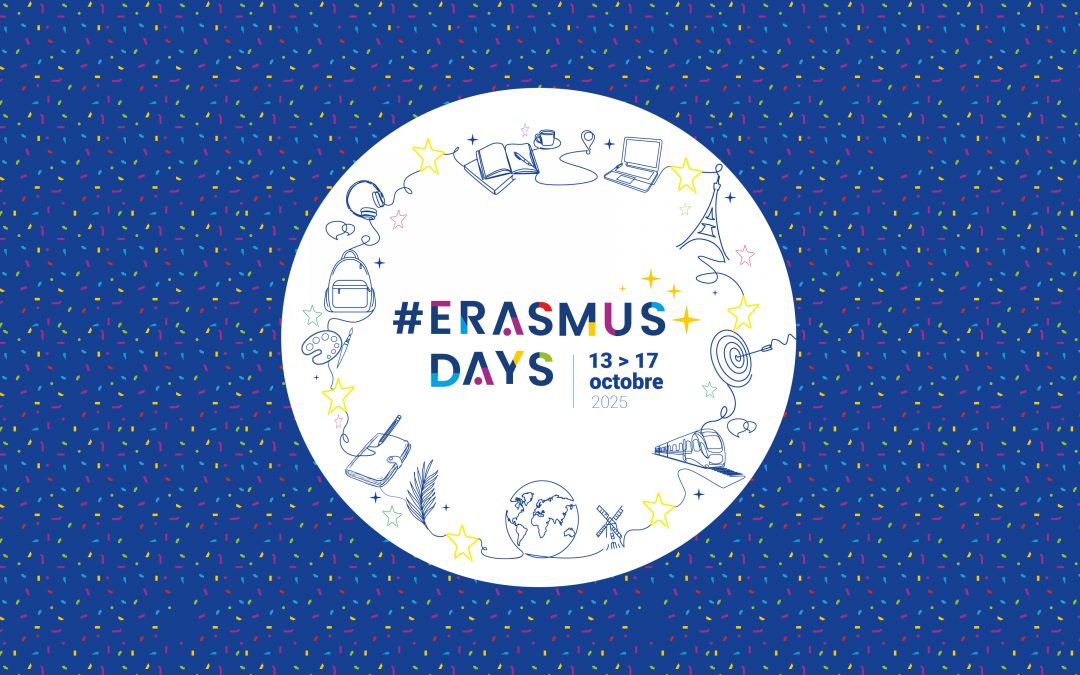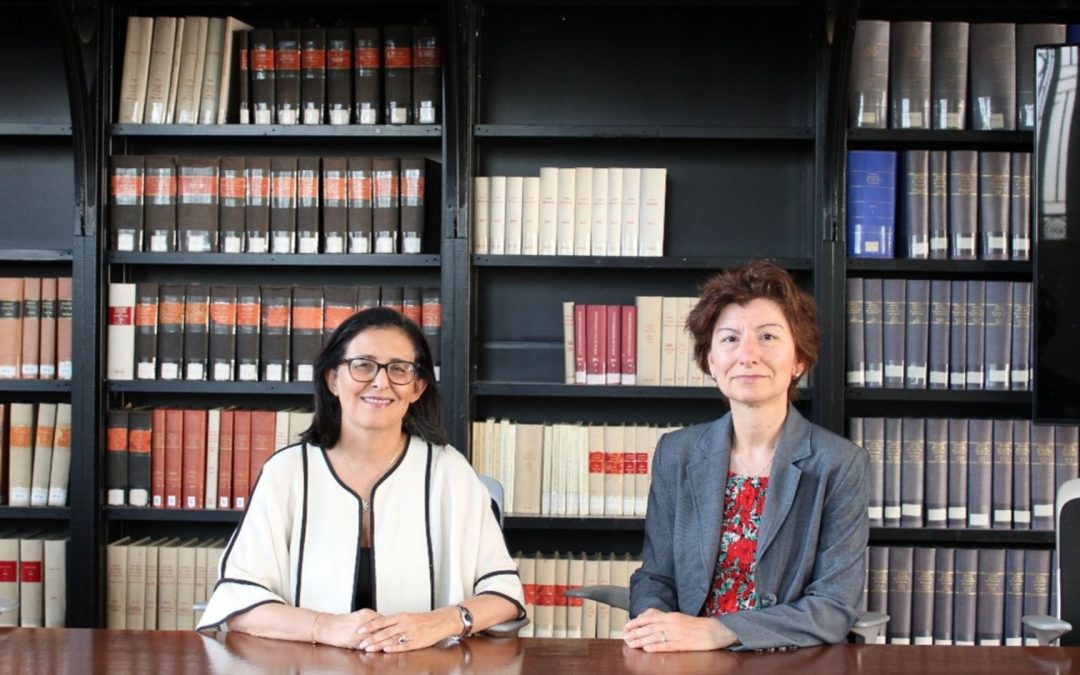The ambition of COSMICS is to develop a modeling platform around molecular spintronics and general concepts for efficient strategies to optimize the magneto-transport properties of materials and devices.

COSMICS is the result of a collaboration between chemists, experimental physicists and theorists from France (CEA/Université Paris Cité), Denmark (DTU, Synopsis), Germany (University of Kiel) and Spain (University of Valencia).
This project has received funding from the European Union under the “Horizon 2020” research and innovation program.
A European project driven by modelling
Cosmics was born from a collaboration between European experimentalists and theorists, specialists of molecular spintronics. It brings together six teams of physicists and chemists, including a software development company.
The COSMICS project is driven by theoretical and computational modelling. It aims at providing state-of-the-art and user-friendly modelling tools to a broad scientific academic and industrial community. COSMICS’ ambition is to develop a modelling platform around molecular spintronics and general concepts for efficient strategies to allowing to optimize the magneto-transport properties of materials and devices.
An interdiscipinary approach
The project is based on an interdisciplinary collaboration that involves expertise from theory-modelling groups, a software company, as well as experimental physicists and chemists. The approach will be to set up the basis for new spin-based nano-devices paradigms and materials with robust and enhanced properties that will fuel new ideas in the field of molecular spintronics.
Concepts and Tools in Molecular Spintronics
The novelty of the project is to combine and develop the most up to date modelling tools with cutting-edge well-controlled and calibrated experimental methods in order to unravel the fundamental mechanisms governing the magneto-transport properties in molecular spintronic systems. The modelling tools developed will further be integrated as a molecular spintronic toolkit into a user-friendly software proposed by a fast growing software company specialized in developing digital applications for the atomistic simulations of materials for technology development.
Have you ever heard about electron spin and its role in magnetism?
How can we use magnetic molecules and play with their spins?
How can we integrate magnetic molecules into electronic components?
How can quantum modeling help us understand existing materials and design new ones?
Find the answers in the video :
Project members : Cyrille Barreteau, coordinator – Service de physique de l’État condensé (CEA), Amandine Bellec – Laboratoire Matériaux et Phénomènes Quantiques (Université Paris Cité), Mads Brandbyge – DTU Physics, Troels Markussen – Synopsys Denmark, Eugenio Coronado & José Antonio Real – The Institute of Molecular Science (University of Valencia), Richard Berndt & Manuel Gruber – STM Group (University of Kiel).
Read more

Results of the Call for Joint Research Projects between King’s College London and Université Paris Cité 2025
In May 2025, as part of the Initiative d’Excellence (IdEx) program, Université Paris Cité and its strategic partner King’s College London launched their fourth call for joint research projects. The selected projects demonstrated strong potential to foster enduring...
![[SMARTS-UP Graduate Schools call for applications] Outgoing mobility scholarships for master’s students](https://u-paris.fr/wp-content/uploads/2025/11/SmartUP_1920-1080x675.jpg)
[SMARTS-UP Graduate Schools call for applications] Outgoing mobility scholarships for master’s students
![[Paris–NUS] 2026 Call for Proposals](https://u-paris.fr/wp-content/uploads/2025/10/2017-BTC-Signage-3-V2-1080x675.jpg)
[Paris–NUS] 2026 Call for Proposals
As part of the strategic partnership between Université Paris Cité and the National University of Singapore (NUS), three new calls for proposals are being launched for 2026. Proposals must be submitted by January 15, 2026. Objectives The Paris–NUS call for proposals...
![[International PhD] Results of the joint call between Université Paris Cité and the University of Toronto](https://u-paris.fr/wp-content/uploads/2025/10/These1-1080x675.jpg)
[International PhD] Results of the joint call between Université Paris Cité and the University of Toronto
Last June, the University of Toronto and Université Paris Cité launched a joint call for proposals aimed at strengthening their collaboration and supporting research projects across all disciplines. The Graduate Schools of Université Paris Cité played a central role...

France Excellence Eiffel scholarship 2026
The Eiffel scholarship enables international students to benefit from a mobility grant and pursue courses at the master’s and doctorate levels. Submit your application starting October 13th 2025 and before November 7th 2025 ! The Eiffel scholarship programme enables...
![[Student testimony] Why do I like studying at Université Paris Cité?](https://u-paris.fr/wp-content/uploads/2025/09/Odeon02-1080x675.jpg)
[Student testimony] Why do I like studying at Université Paris Cité?
Hi ! I'm Roba Adel, a Master student in Arts and Humanities and a Circle U. student ambassador. Today I'm going to give you a few (very good) reasons to choose my university.Studying at Université Paris Cité is much more than just a university experience: it's living...

Erasmus Days: Discover the 2025 Edition Programme!
From 13 to 17 October 2025, Université Paris Cité celebrates Erasmus Days! International mobility conferences, film debate, information stands… discover our full programme.[iframe src="https://www.youtube.com/embed/CKRvIR-uEyE?si=OZAUBQwEqWbXful_" width="560"...

Autumn Term 2025: Enrich your academic journey with Circle U. courses
Did you know that as a student of Université Paris Cité, you are also part of the European alliance Circle U.? This means you can easily internationalise your academic pathway by choosing courses from our partner universities via the alliance’s Open Campus! These...

Meet Jouhaina Gherib: making the voices of universities heard in their diversity and complementarity
Holder of the UNESCO Chair “Higher Education for Sustainable Development in Africa” at the University of Manouba in Tunisia, Jouhaina Gherib is also Vice-President of the International Association of Universities at UNESCO. During her visit to Université Paris Cité, she is strengthening collaboration with the Graduate School Sustainability, Organisations and Institutions, a partner of the Chair, around the theme of social responsibility of organizations. Today, she shares insights on the main areas of the Chair, the initiatives undertaken, and the collaboration between the University of Manouba and Université Paris Cité.
![[Circle U.] Fast Forward Open Science](https://u-paris.fr/wp-content/uploads/2025/09/CC.-OPEN-ACCESS-WEEK-1080x675.png)
[Circle U.] Fast Forward Open Science
On the 22nd of October from 1:30 to 4:30 pm, Circle U. will host the online event ‘Fast forward Open Science’, led by Université Paris Cité, as part of the International Open Access Week 2025. Experts in open access publishing, research data management, open source...
